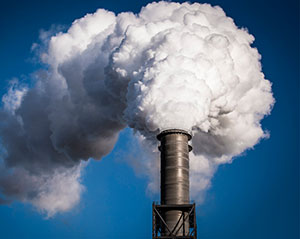Key energy and emissions projections are displayed below for a sample of 5 countries. More projections, with a global coverage including 65+ countries are available in Enerdata‘s EnerFuture service.
Total energy | EnerBlue scenario
Total final energy consumption - Brazil
Share of electricity in final consumption - Brazil
Share of fossil fuels in primary energy consumption - Brazil
Electricity | EnerBlue scenario
Final electricity consumption - Brazil
Total electrical capacity - Brazil
Renewables | EnerBlue scenario
Share of renewables in primary energy consumption - Brazil
Share of renewables in electricity generation - Brazil
CO2 emissions | EnerBlue scenario
Total CO2 emissions (incl. industrial processes) - Brazil
CO2 intensity per capita - Brazil
EnerFuture provides energy projections up to 2050. Our service offers clear insight into the future of energy demand, prices and GHG emissions.
More informationEnerdata's long-term MACC allow you to gain unique insight and comprehensive data from the globally recognised POLES model.
More information


